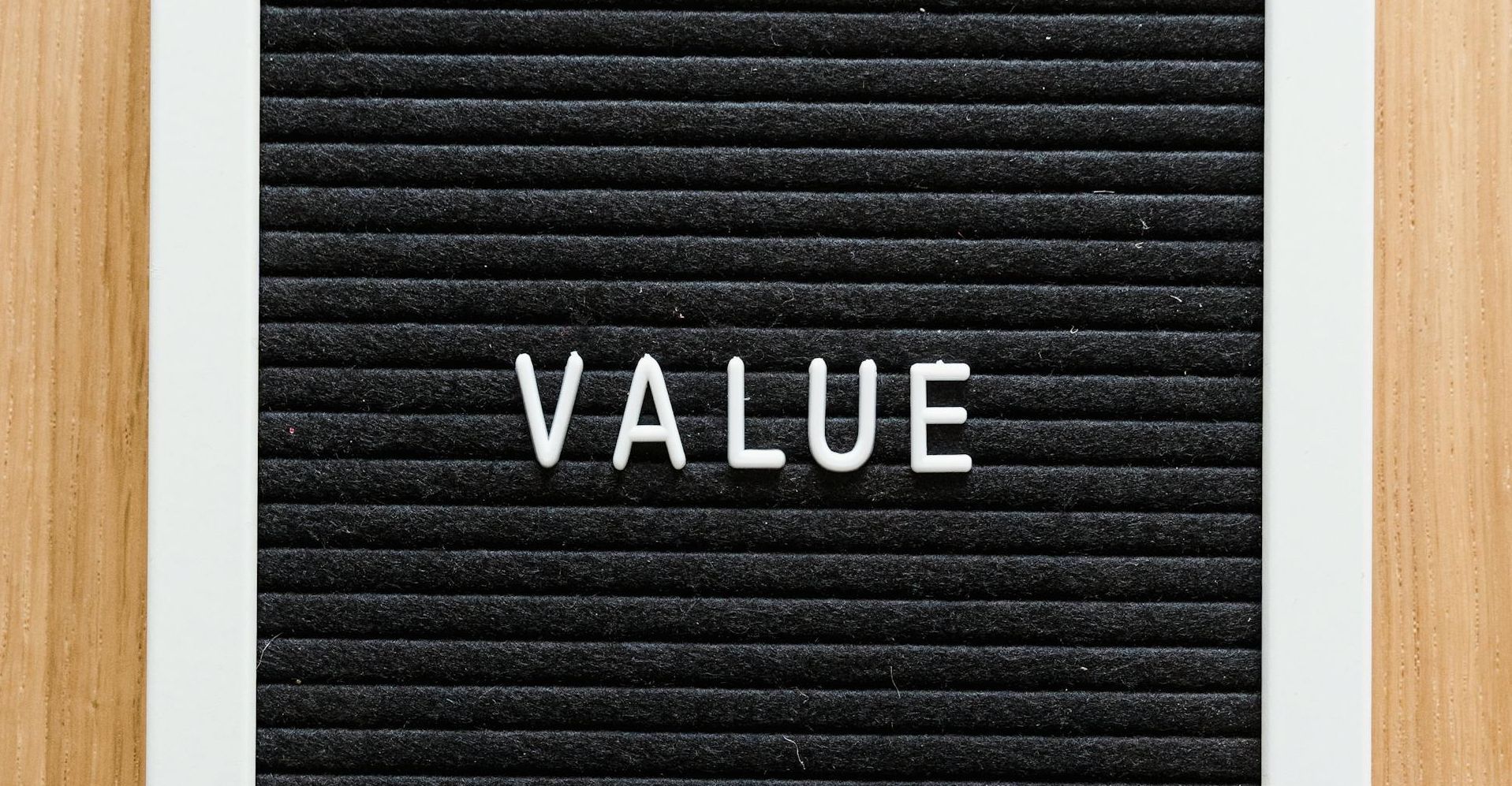If your game is to build an application, product, or system – well, there’s a document for that. It is called a Technical Specification.
As a client, you would benefit from retaining as much detail about development as possible. It’s also vital to outline requirements at the start of the project – if you work on development or technical design.
This paper is precious because it shares need-to-know information quickly, clearly, and without overcharged explanations. In Agile projects, the technical specification is not a closed list. Still, it should be an evolving document – a creative space to exchange experiences and debate on them. It is an excellent start for the development of features. Of course, further analysis and feedback are always essential to deliver the best quality product.
What I’d like to do now is to take you through the Technical Specification document. In reading my article, you’ll understand why it will save your project and help bring the best possible solutions for users. I’ll also shed light on internal standards, as well as best practices you can use.
I won’t go into extreme detail – but I promise to teach you to appreciate this document. Let’s go!
So, What Makes It Essential?
People may change – but a project’s qualities must stay the same.
Therefore, specifications are essential, as they bring developers, stakeholders, and other participants the information they need to understand a project’s best attributes. This can be the business requirements, internal standards, and best practices one should follow.
By now, you may be familiar with the name of this document – as it takes on several different titles. It’s known as a technical design document, a software design document, or an engineering design document.
Outlining the project’s specifications is key to every aspect of the development. But while I respect its role – it is not a strict instruction manual. In fact, it’s more of a set of guidelines used to implement corresponding functionalities. And it isn’t set in stone, either! As circumstances change, this document will have to be revised. Creating this document in an editable form with easy access to everyone in the team and all stakeholders is the best solution.
Who Writes It?
The main person behind such a document is the engineer. They may be, of course, the ones who will build the solution for you, though not only they are qualified to create this document. However, they will be the point person others can contact for any information relating to the project’s implementation.
In larger projects, the technical spec can be written by the technical leads, project leads, senior engineers, analysts, or even product owners. That’s important to know when hiring a new software team, and the author is different to someone you might otherwise expect!
The document should be written so that team members can use the information to successfully implement described functionalities even in case of the creator’s absence. The first draft can be created by one person but should be revised and discussed by the whole team – plus stakeholders – to ensure the best quality of the product.
Benefits for the Client
Stability
As far as projects go, circumstances can change, or new people may become involved – both on the development and client side. A technical specification document is the source of stability that keeps the project consistent. With such detail, you’ll have no problem sharing clear instructions. You can offer insights on building the solution and measuring its performance.
Think of it as a universal document or reference point. You, the reader, should quickly identify quality and standards. Without it, it would be challenging to avoid accumulating technical debt, miscommunications, and potential interruptions to the project’s flow.
Simplification
Technical specifications don’t just outline aspects of a project. For stakeholders looking to navigate the exact scope of the project, they can view the entire project, making it more time-efficient to request and execute possible changes. With this, all specs, user stories, acceptance criteria, testing scenarios, risk management solutions, and mock-ups can be in the same place.
Projects are like puzzles; sometimes, it’s hard to make consistent modifications that apply across every game piece. With such a document, the process becomes easy. You will be able to modify it according to the testing scenarios simultaneously.
Consistency
Mismatched acceptance criteria can risk causing a flawed application to hit the market. What makes this document particularly compelling is keeping that sort of confusion at bay. You may not realise it, but you (and your development team) will rely on the technical specification document for preventing inconsistencies between different aspects of the requirements analysis.
Clients generally appreciate the level of detail within the document, as this increases the overall evaluation of work. This can act as a reference tool for you to assess competitor prices, particularly with a Client Requirements Document. This also acts as a gesture of demonstrating openness and providing the assurance necessary to avoid vendor lock.
What to Expect when Requesting Technical Specification
What matters most is a complete table of contents. Your software development team should help you decide what information should be included in the document according to the project’s characteristics. All projects have unique technical requirements – thus, some information may be obsolete for one project and crucial for another. The table of contents helps navigate guidelines with ease and gives readers an overview of the materials.
Begin with a description of the business background before issuing the reason and scope of the development and accompanying changes. Then, you may describe the dependencies and subsequent definitions. Here is your chance to include form field descriptions, mock-ups, designs at their various stages, as well as user stories, testing scenarios and functional requirements.
As for your project’s appearance – that depends entirely on the agreed form. In some cases, it can be created directly in the project management programme, Azure DevOps, or the ‘Confluence’ add-on. It’s also good to request updates to your technical specification document throughout the venture, as it is assumed that it will change.
When composing the content, be sure to keep communication light, and jargon-free too. It is ideal when stakeholders have a chance to explain their needs in straightforward terms. For example, customs, cultural events, or days of worship should be included within the technical specification, especially if they directly impact the features of the final product. Therefore, if users come from a different culture from that of the development team, it’s a good idea to describe it.
Final Word
In a final word of advice: universal input into the document will make for a better outcome. That said, as a client, you should spend time on this document to demonstrate your needs and ideas about the final product. Ensure both sides be as detailed and transparent as possible, and your project should take flight!



